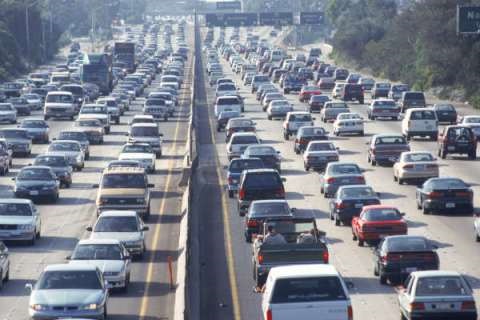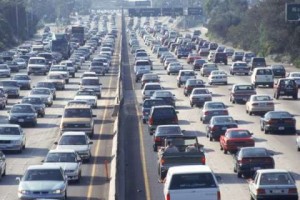When Facebook founder Mark Zuckerberg took to Capitol Hill to explain user data retention almost four years ago, he essentially sat in the hot seat on behalf of every entity that has ever collected and used personal information to craft better products. If that sounds like a massive catch-all, that’s because it is. However, Systems America, Inc. President Adesh Tyagi says it’s not as nefarious as it may sound. As the head of a global information technology services company, Tyagi knows that “Big Data” can be collected, applied and benefit the general public all at the same time.
Big data is exactly what it sounds like, says Tyagi, who has more than two decades of experience in this sector and whose company was previously awarded for being one of the fastest-growing in America.
It’s a compilation of information broken out by software that makes sense of the traits and behavior of service users. With a background that includes cloud computing and analytics plus Mobil Oil and McDonald-Douglas (now Boeing) among former clients, Tyagi says that any company can request an in-depth study of customer information to better design upcoming offerings.
This is sheer advertising at its core and it’s exactly what companies that work with Facebook do when they buy ad space on the social media platform. Do not confuse this with the fact that a third party was able to get its hands on 87 million Facebook accounts and use it as part of presidential election subterfuge. This occurrence is prolific on a global level, recently the Indian government expressed a sincere concern that third parties may have influenced the country’s elections. Similar concerns have been expressed by the Kenyan & Nigerian governments.
Tyagi says that this is inexcusable and a result of either over-confidence and laid-back oversight and provides an illustration of how technology can be used against the greater good of mankind.
Why big businesses buy into big data. They believe insight gleaned from big data analysis offers:
- Happier users and larger returns due to consistently in-tune goods and services.
- Learning more about which goods and services are going to use while others are ignored and why.
- Real numbers to pair with real-world efforts to show investors regarding current efforts.

“You basically employ different analytical tools to come up with the best services or tools for that particular customer,” says Tyagi. An example he points to as it pertains to data-driven solutions are financial products being deployed by a bank such as insurance programs or a new credit card. By retaining Systems America before launch, an enormous amount of information about members can be broken down by geography, income history, account balances and more. In his view, this is no different from a grocery store looking at what people are buying and deciding which products to purchase when restocking the shelves. For the Silo, Greg Adomaitis.




